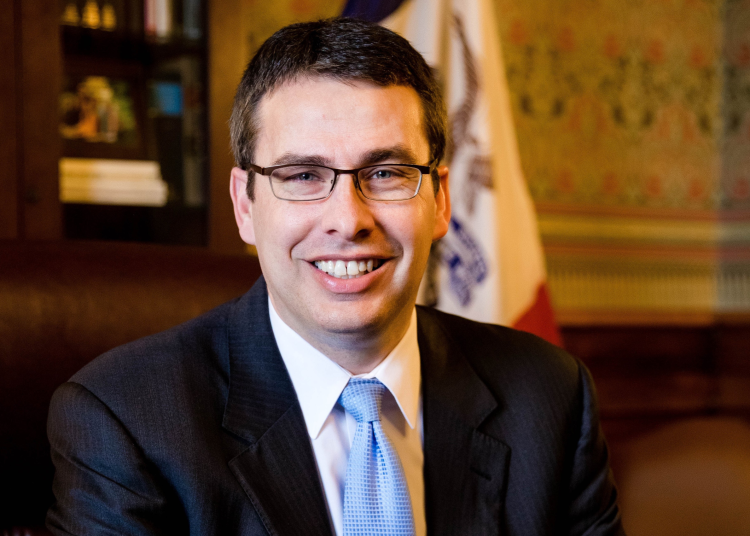Recent headlines have warned of electricity reliability problems this summer. The 2022 Summer Reliability Assessment from the North American Electric Reliability Corporation (NERC) warns that our region faces a high risk of electricity shortfalls during peak summer conditions.
Meanwhile, the Midcontinent Independent System Operator (MISO), the grid planning organization for our region, anticipates capacity concerns due to generator retirements and increased demand. MISO has noted an increased risk of temporary, controlled power curtailments — commonly referred to as “rolling blackouts” — to preserve the integrity of the bulk electric system.
In highlighting the risks, these industry announcements reveal the consequences of rapid changes occurring in the electric industry:
The generation mix is evolving quickly, as traditional fossil fuel resources retire and quickly transition to renewable energy sources.
Extreme weather is hitting harder and causing more damage. And unfortunately, these weather events are not just limited to summer months.
The hostile forces seeking to attack the electric grid have increased in size, frequency and sophistication.
These reports highlight the need for more electric generation and the importance of electric transmission in meeting today’s challenges. As Iowa’s independent electric transmission operator, ITC Midwest is committed to providing the transmission grid that Iowans need for reliable power.
Robust electric transmission allows generation sources across an entire region to be used as efficiently as possible, to ensure the most cost-effective energy is available for electric consumers. At times of high electricity consumption — such as a hot summer day — the transmission grid maximizes access to available generation and minimizes system congestion, which can prevent lower-cost electricity from readily flowing to customers. A modernized electric grid works to keep utility bills as low as possible.
To accomplish decarbonization goals and transition to the electrified economy that consumers desire, we need to revamp our approach to broad regional transmission planning, so that policy supports — not hinders — transmission development.
MISO has devoted several years of intensive, collaborative effort to develop a plan to build needed high-voltage transmission infrastructure across the region, connecting grid assets to improve reliability, resilience and economics as we transition to a generation fleet composed of clean, renewable energy and an electrified economy. These new transmission lines — to be built over the next decade — will move bulk electricity long distances from where it is being generated to the consumers who need it, enhance system reliability and provide more system resilience during extreme weather. These major transmission projects provide tremendous value to Iowa electric consumers, who only pay a fraction of the total cost of these grid enhancements while enjoying multiple benefits.
But it’s not just upgraded multi-state lines that are needed to serve the region. ITC Midwest continues to make needed investments in the local transmission system to benefit customers.
As an example, Iowans are now enjoying more reliable transmission service and additional electric system capacity with nearly 640 miles of rebuilt lower-voltage transmission lines. They provide electric consumers with greater access to low-cost, renewable energy and enhanced grid resilience to better withstand severe Iowa weather. This long-term project would not have been possible without support and regulatory approvals from the Iowa Utilities Board and collaboration with the teams at Alliant Energy, CIPCO and the other distribution utilities we serve, working closely with their ITC Midwest counterparts.
The most significant benefit to the rebuilding of this system is the dramatic decrease in transmission outages, which improved reliability for electric consumers. ITC Midwest has reduced the total number of outages by 62% since 2007, based on a three-year rolling average.
Transitioning to the electric future Iowa consumers want requires forward-looking policy, coordinated regional planning and continued targeted investment in the electric transmission grid. As the energy landscape continues to rapidly evolve, we encourage everyone to stay informed and engaged in the discussion. By acting now, we can help ensure a seamless continuation of the reliable, resilient and responsive electricity grid that is key to Iowa’s continued growth.
Dusky Terry is president of ITC Midwest. He may be reached at [email protected].




